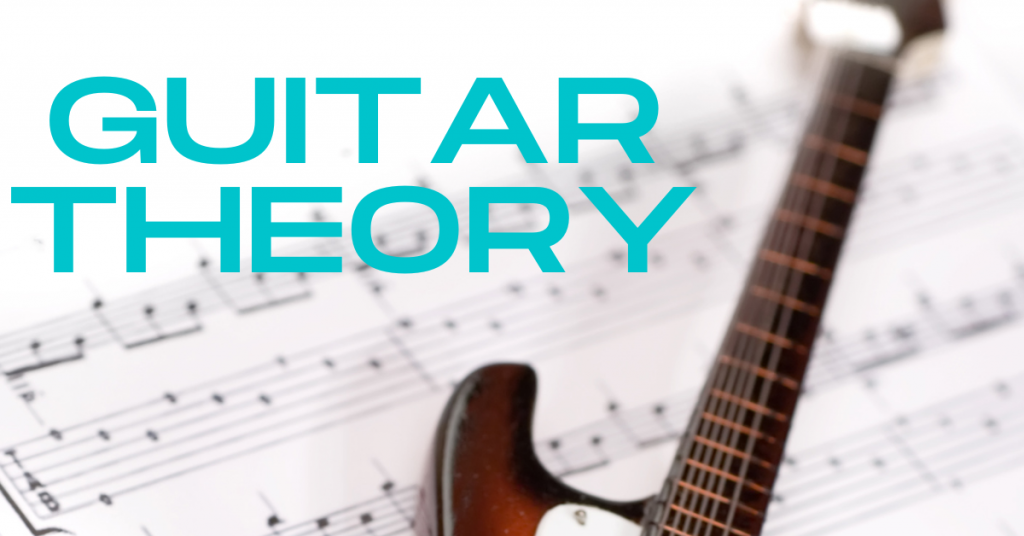Table of Contents
Understanding Sus2 and Sus4 Chords
Sus2 and Sus4 chords, Sus meaning suspended, are triads that convey tones neither major nor minor.
Like all chords, they are built using chord formulas, which you’ll see below.
But to start, look at the formula for a major scale:
1-2-3-4-5-6-7
Each of these numbers represents a degree of the scale.
Using the root note C, the C major scale is: C-D-E-F-G-A-B
Keep this in mind as you read.
Construction and formulas for Sus2 and Sus4 Chords
What is a Sus2 Chord?
A sus 2 chord (suspended 2nd) is built using intervals 1-2-5.
Looking at the C major scale from earlier, this formula gives us the notes C-D-G.
This gives you a C Sus2 chord.
How do you play Sus2 chords?
A sus2 chord can be played by finding the 2nd interval to the root note, and putting it in place of the minor 3rd or major 3rd.
To demonstrate this, look at CSus2 compared to C Major.
C major contains the notes C-E-G (1-3-5).
C Sus2 contains the notes C-D-G (1-2-5).
Here you will play the D note using the open D string.


What is a Sus4 Chord
A sus 4 chord (suspended 4th) is built using intervals 1-4-5.
Once again looking at the C major scale from earlier, this formula gives us the notes C-D-G.
This gives you a C Sus4 chord.
How do you play Sus4 chords?
A sus4 chord can be played by finding the 4th interval to the root note, and putting it in place of the minor 3rd or major 3rd.
To demonstrate this, look at CSus4 compared to C Major.
C major contains the notes C-E-G (1-3-5).
C Sus4 contains the notes C-F-G (1-4-5).
Here you will play the F note using the 3rd fret of the D string.


How do you use Sus2 and Sus4 chords?
As a general rule, Sus2 and Sus4 chords are used to resolve to a major or minor chord containing the same root note.
That being said, no musical rules are set in stone.
Learning and practicing songs that use these chords will help you understand their functions.
Here’s an article that goes deeper into how to use Sus chords.
Summary: Sus2 and Sus4 guitar chords
Sus2 and Sus4 chords are great substitutes for major and minor chords, and express a neutral emotion in music.
Practice them by substituting major 3rds and minor 3rds from basic chord shapes. This will open up a variety of new sounds, and give you a deeper understanding of them.
Thank you for reading! Please leave a comment below if you have any questions.
You can check out my YouTube channel here.
Click on any of these categories to learn more about guitar!
- 7th Chords
- Advanced Guitar
- Blues Guitar
- Bridge & Nut Area
- Buyers Guide
- Extended Range Guitars
- Gear Reviews
- Guitar Anatomy & Construction
- Guitar Arpeggios
- Guitar Book Reviews
- Guitar Chords
- Guitar Exercises
- Guitar for Beginners
- Guitar Gear
- Guitar Licks
- Guitar Modes
- Guitar pedals
- Guitar Picks
- Guitar Scales
- Guitar Songs
- Guitar Tabs
- Guitar Techniques
- Guitar Terms
- Guitar Theory
- Guitar Tunings
- Intermediate Guitar
- Keys
- Major Pentatonic Scales
- Metal Guitar
- Minor Chords
- Minor Keys
- Minor Scales
- Music Career
- Neck
- Open Guitar Chords
- Pentatonic Scales
- Reviews
- Rock Guitar
- Shred Guitar
- Teacher Marketing
- Uncategorized
‘



